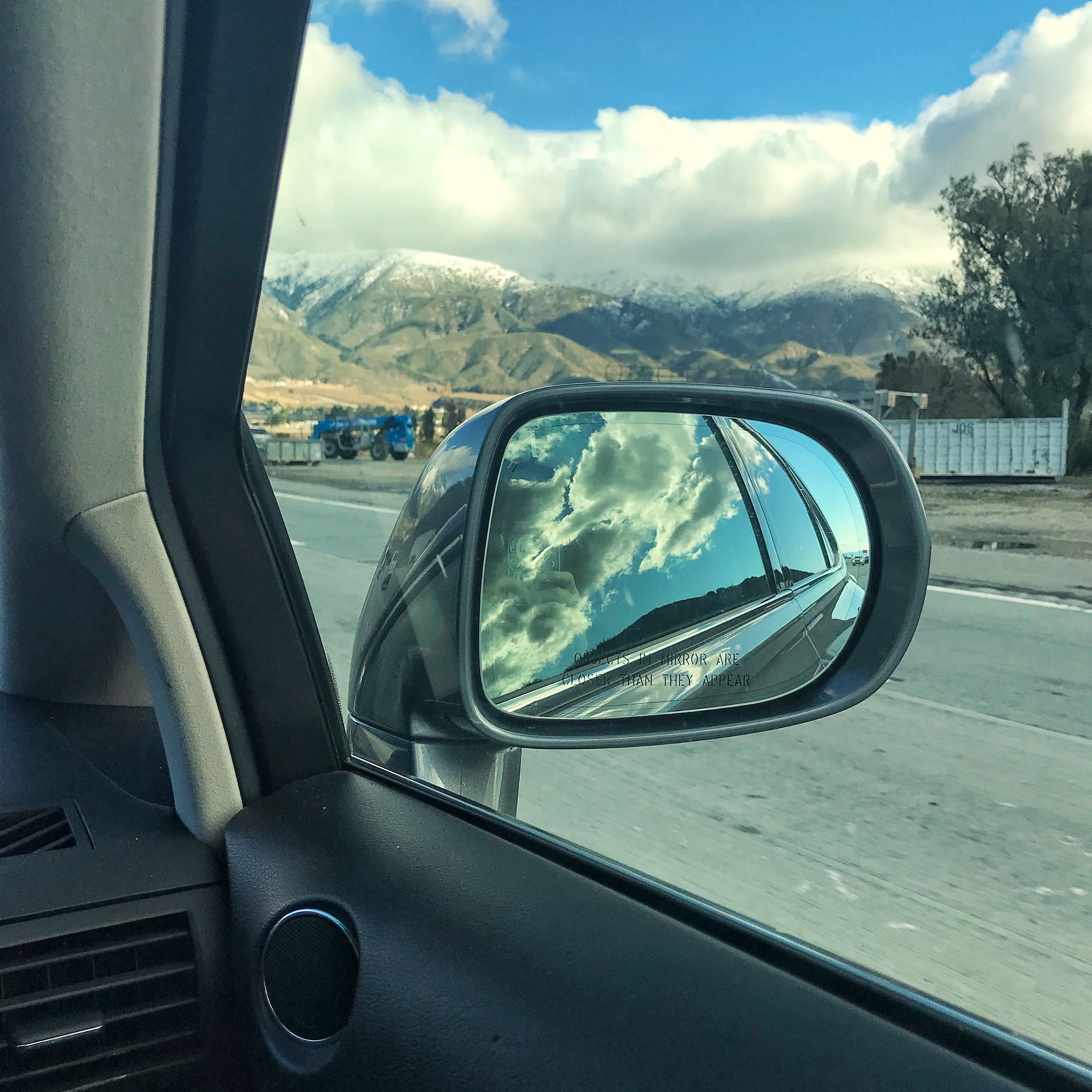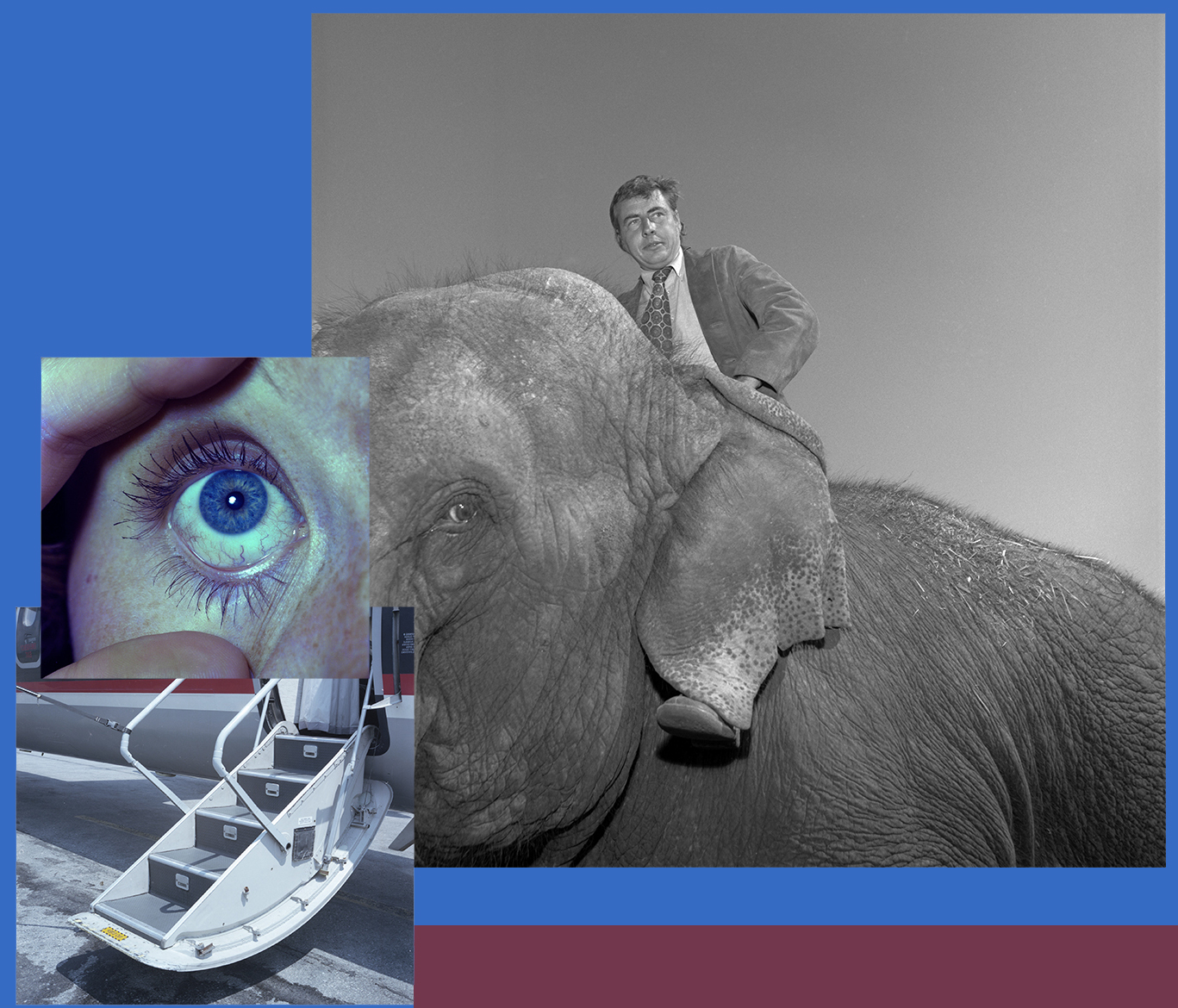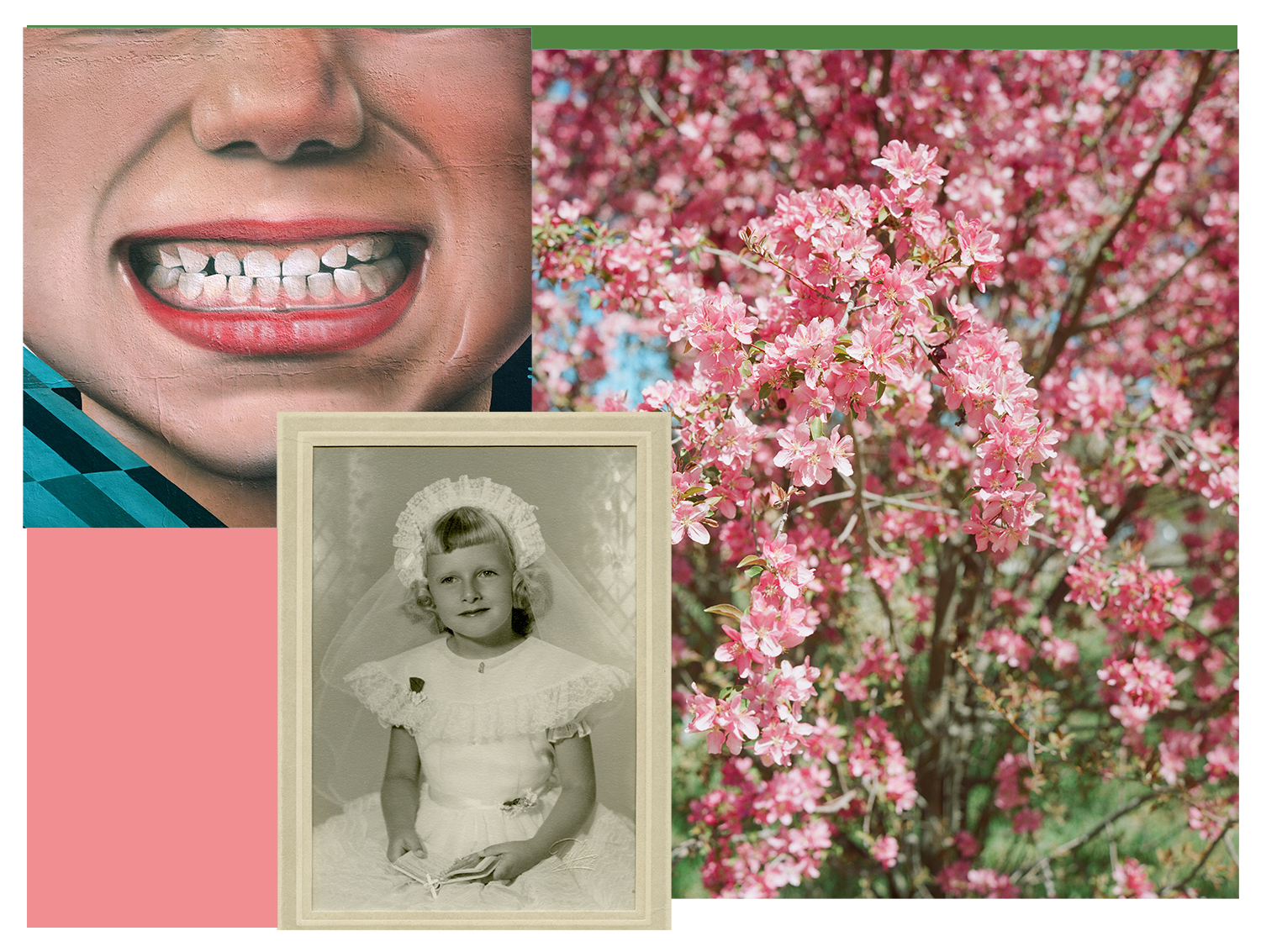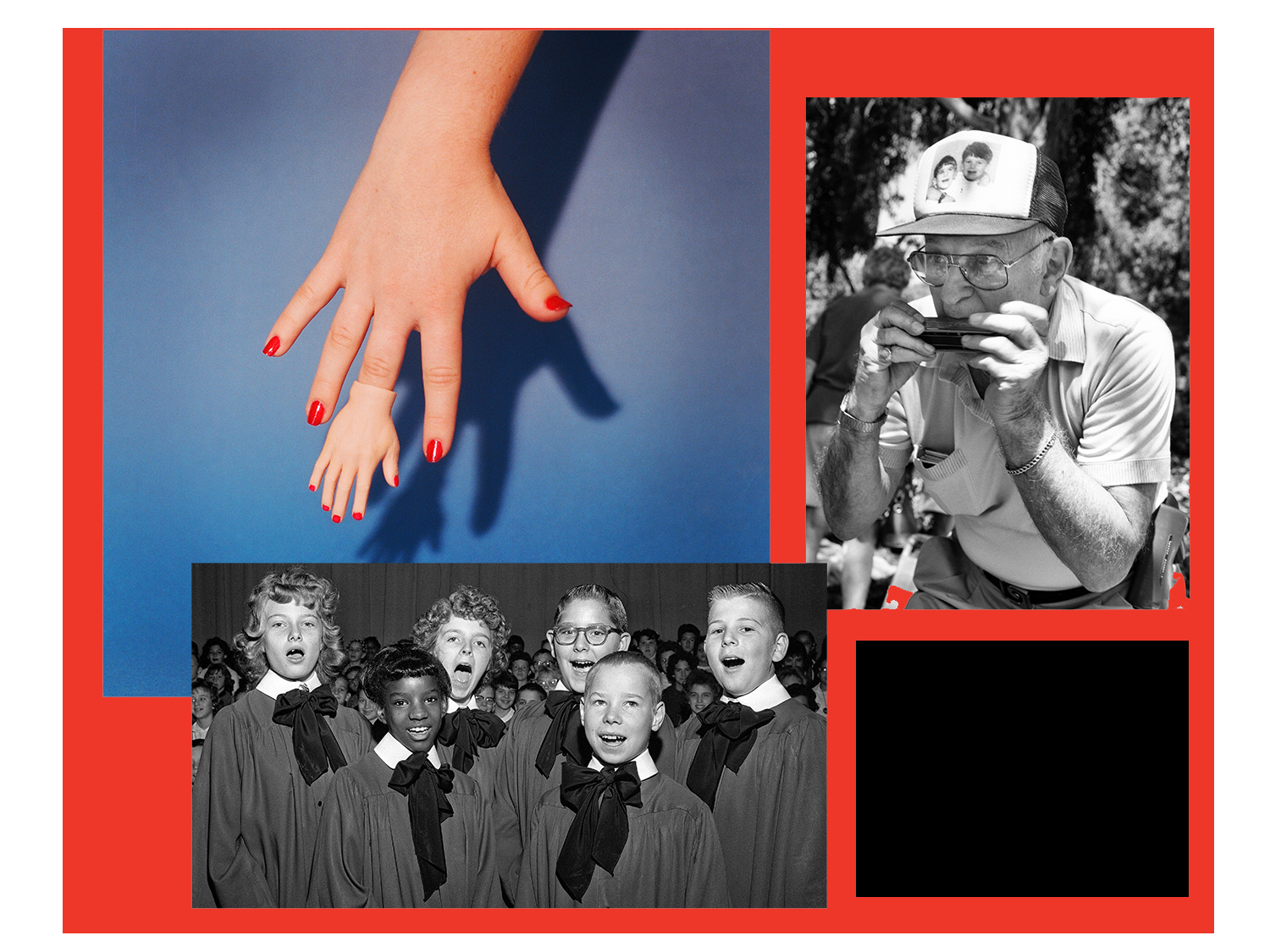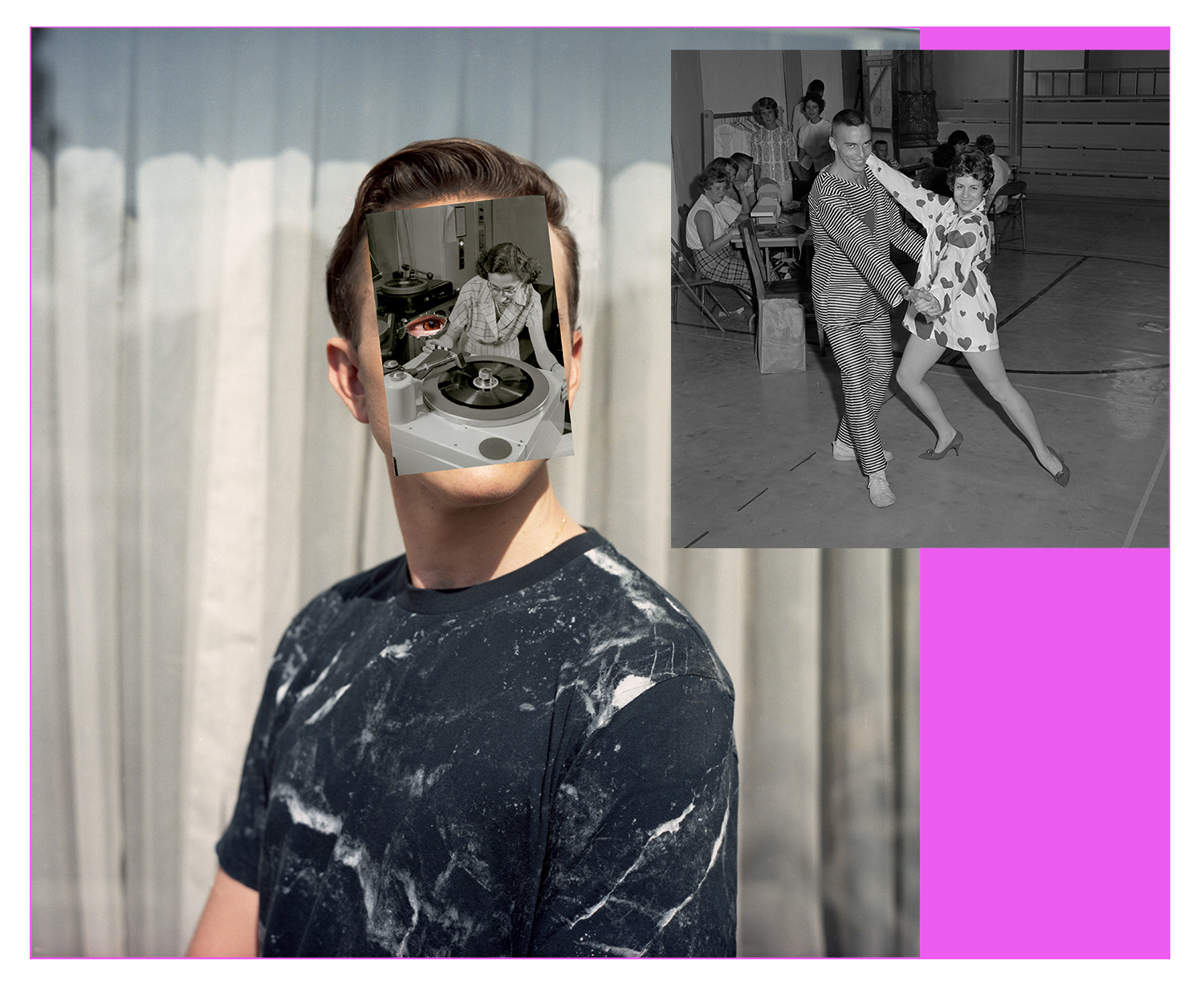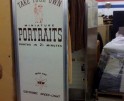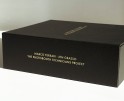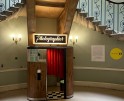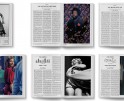2020 in the Rear View Mirror (finally)
Yesterday, I received an e-mail from George Nobechi with the perfect sentiment to end this year:
Out of respect to those who have lost their lives or loved ones this year, and with gratitude for our courageous medical workers, first responders and essential workers, we are eschewing a traditional holiday season greeting to instead express our heartfelt thanks for their sacrifices, which allowed us to truly appreciate what it means to be home. All around the world, we are video-calling with our loved ones and missing being by their side, but it has been a year for realizations about what we have so often taken for granted.
It’s been a year like none other, with lots of negatives but some positives too. More time with family, time to bake bread and become pen pals, time to make work and slow down. I am so grateful to this amazing community of photographers who helped each other get through the storm. I end this year with a sense of gratitude, a clearer sense of what is important to me, and a host of new friendships made possible through zoom.
I’m prefacing this year’s essay with full acknowledgement that I’m rambling, but it’s been that kind of year. I have never considered my own mortality more. I’ve spent a lot of time thinking, digesting, reminiscing, and today, I share some of my disjointed brain dumping.
When I was in college, in an environment that was ripe for shaping my career as a artist, where the idea of a life time of making things stretched out before me in glorious possibility, I felt a sense of smugness in my “artistness”. And why shouldn’t I? I was given my own studio, 24 hours a day to learn, to experiment, to make work under the tutelage of wonderful instructors and the support of a communal tribe of creative types. Did I also want to be in a band? Did I want to be part of a zine series, maybe I could also do some writing. Should I make an etching today or perhaps a lithograph? Maybe I should put the oils away and try some watercolors. It was a delirious time of all things possible and it came with it’s own pretension.
Now decades later, when I look back at the arrogance of my youth, in thinking I had all the answers though truly not breaking any new ground in the world of art, I realize that being an artist requires a certain fortitude that comes from making work in spite of the demands of the real world. Making art after you work all day, or parent children, or take care of declining parents. The dog needs a walk and the garden and friendships need attending. And the laundry. Oh the laundry. For years, my creative efforts were stunted from all the things that make us human. A lot of my creativity took place as I was falling asleep after a long work day or driving my children to various activities and the art came out in small crevices of time that I was able to carve out in between taco night and making lunches.
Yesterday, I was looking at some calls for entry and kept seeing age as a barrier in the effort–“the artist needs to be under 25, the artist needs to be under 30, the artist needs to be under 45, the artist needs to be over 50″ and it made me consider the whole journey of being an artist and being a woman. But I have long felt that age should not be a marker of anything, as all of our stories and efforts have value no matter the date on our Driver’s License.
I recently watched a documentary on David Lynch, where he tells stories about his growing up as he sits in his studio, painting. There were clips of his first wife struggling with a baby as he was busy being an artist. He divorced her shortly after and went on to make Eraserhead, a movie that wasn’t exactly a love letter to parenting. But it struck me that the selfishness it takes to be an artist has been afforded to men, far more than women, which is not exactly news to anyone.
And all this looking backwards leads me to the current Year of Living Dangerously.
Of course, this year has had it’s own unique set of landmines. 2020 started off with high hopes for a new decade. Like all good horror movies, we didn’t see it coming. We whistled a happy tune as we walked into the new year and new decade, blissfully unaware that our world would change forever. January and February and half of March were filled with travel, exhibitions and connecting with friends. In the coming months, I was looking forward to teaching in France, reviewing portfolios in Wisconsin, attending AIPAD and Paris Photo New York, and on and on. All were cancelled.
In March, I flew to Houston to attend the SPE National convention (around 800 attendees) and review portfolios at FotoFest (around 200 attendees). At this point, we were becoming aware of the pandemic and as I bear hugged with old friends at SPE, I stopped touching people by Fotofest – though I did have to handle portfolio boxes and be in close quarters with photographers on packed elevators and review events. As I sat in my Uber on the way to the airport to go back to Los Angeles, I wondered who had last touched the seatbelt, who had pulled on the door handle, and breathed the same air. As I boarded a packed flight home, I knew it was going to be difficult, if not impossible, to avoid this mysterious affliction. By the time I landed in Los Angeles, my stress levels were at an all time high. So I took to the couch where I stayed for a full week. How I managed to avoid getting covid was a mystery, but I wasn’t questioning it. I started watching Tiger King and putting together the massive Self-Quarantining Exhibition which ran on April 1st. I am still amazed at the number of artists already making work about this new reality as early as the end of March.
And so it began, our world turned upside down. There was a brief moment that allowed us to bask in the novelty of the stay-at-home orders. We had new pen pals, we made work about our lives at home. We watched the way light moved through our spaces and watched the natural world come back to life. We found our cities empty for the first time. But then the panic and hording and the profound need for yeast and toilet paper then turned to all things ZOOM. This life preserver platform kept our community afloat. Photo institutions were able to pay their rent and grow their audiences with online programming, workshops, webinars, lectures, panel discussions and cocktail hours. We felt a sense of greater community and reveled in the groaning platter of opportunities being offered. Then came ZOOM overload with too many things scheduled and hours sitting in front of a screen. I began teaching more with participants from all over the globe and got a glimpse into people’s lives and decorating aesthetics. But all day, every day I was sitting in front of a screen and it began to take its toll.
By May we were finding our way though virtual learning and then the terrible death of George Floyd set off a flood gate of pain, trauma, and protest that was long in coming. Again, the world seemed out of control and uncertain and it was time to take stock as individuals and as a country. Protests all over the world were were making voices heard but it was the internal voices, our need to understand deeply the journeys and struggles of the BIPOC community that were the loudest for me. I had to sit with all of this and consider how Lenscratch could meet the needs of ALL photographers. Fortunately I am surrounded by an amazing staff that worked hard to elevate and expand the site. We brought on 7 new editors from around the globe that allow the projects that we feature to represent the diversity of the country and the world.
The summer passed slowly like a heavy dark cloud which hovered over our psyches into the fall and looming election. And we all know the rest of the story. What can I say that you don’t already know. It’s been a hell of a year.
So where do we stand as photographers in the moment in time? What does the photography landscape look like in the next few years? Galleries are closing brick and mortar spaces or shutting down all together. Opportunities and venues to show actual work on the wall are diminishing quickly. What does this say about photography in the art world hierarchy? Is the market over saturated, are the true collectors reaching an age where they are ready to find institutions for their collections and not buying anything new? Is there a next generation ready to step into the shoes of coveting and collecting and maintaining legacies? Are photographers willing to say that just making the work is enough, without sales or recognition? Have you ever considered that all digital imagery will disappear in the next 50 years as no one will be updating our hard drives. Is photography dead? Have we reached a tipping point?
Hell if I know. I’m still loading film, photographing what makes me happy, appreciating the massive talent in this community, and hoping for the best. Photographers are remarkable people because they look hard at the world. They tell powerful stories or create ways to understand it differently. They are guardians of our planet, they are visionaries, and inspire us to think more deeply.
It’s a grave new world out there. Find joy where you can, love those that are important to you and then love them some more. Find beauty in the mundane. Be generous and support this community when you can. Oh, and wear a mask. Happy New Year and take good care of yourselves. And tomorrow, spend some time checking out the 2020 Favorite Photo Exhibition, after you get a heart swell from the opening scene of Love Actually, remembering a time when we could travel to see our loved ones.
Posts on Lenscratch may not be reproduced without the permission of the Lenscratch staff and the photographer.
Recommended
-
Spotlight on the Photographic Arts Council Los AngelesNovember 23rd, 2025
-
100 Years of the Photobooth: Celebrating Vintage Analog PhotoboothsNovember 12th, 2025
-
100 Years of the Photobooth: The Photobooth Technicians ProjectNovember 11th, 2025
-
100 Years of the Photobooth: Rafael Hortala-Vallve: AUTOFOTONovember 10th, 2025
-
BEYOND THE PHOTOGRAPH: Q&A WITH PHOTO EDITOR JESSIE WENDER, THE NEW YORK TIMESAugust 22nd, 2025

